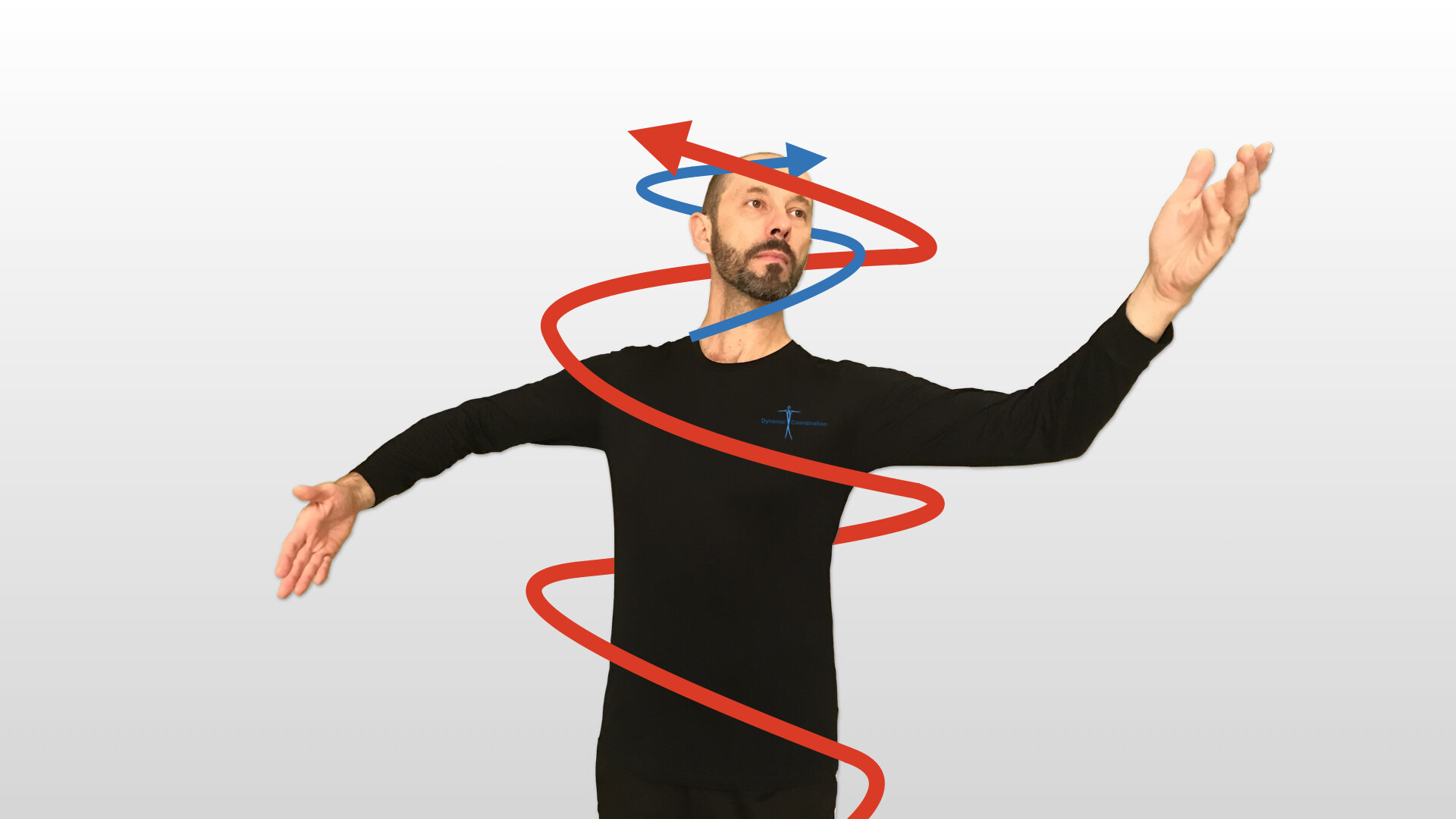Spiral arrangement of human voluntary musculature is not limited to the torso and neck, but it also continues into the limbs. In this article, we will explore how spirals in the arms help us achieve a stable, yet flexible dance hold.
Hi,
Welcome to my site. Browse through the articles to learn how Alexander Technique can enrich your life.








